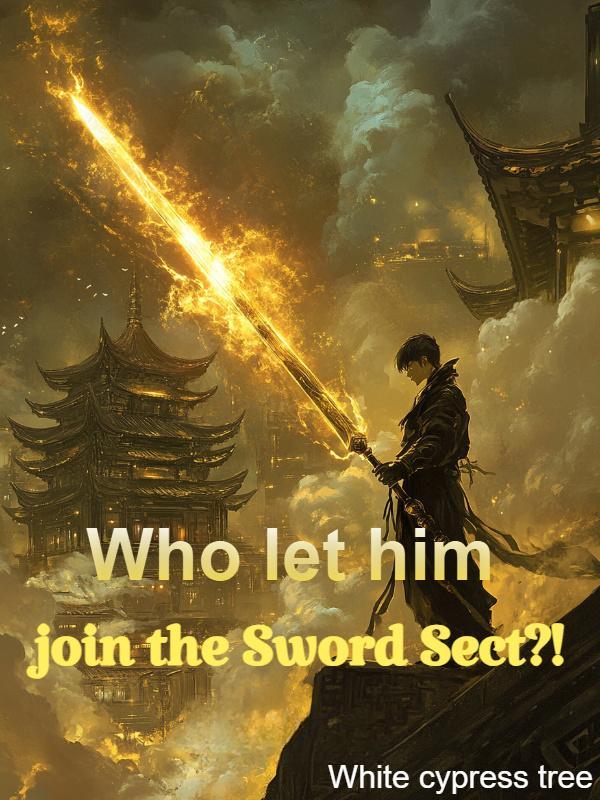Lucky Spin: Godly Programming-Chapter 82: Making a multiplayer
Chapter 82: Chapter 82: Making a multiplayer
When multiplayer arrived, the world of Minecraft changed completely. The multiplayer function allowed players to connect through LAN or over the internet.
For the first time, you could see another player in your world, build something together, or fight side by side.
It transformed Minecraft from a personal sandbox into a shared experience.
With servers, players began hosting their own worlds. These servers weren’t just copies of the base game.
Rather they introduced custom mods, unique game modes, and different challenges, expanding the game’s possibilities and creating entire communities.
They had their own rules, custom worlds, and player-made systems. People could join these public or private servers and become part of a community.
Player versus player combat became a feature. This made things more exciting since players were not just fighting monsters but also competing with each other.
Others preferred to survive together, forming teams and building towns in co-op survival.
Minigames came next. As creative users began making smaller games inside Minecraft using the game’s redstone mechanics and custom code.
These included parkour challenges, arena battles, Hunger Games, and much more.
With multiplayer, players could build, explore, and fight together. It turned Minecraft from a solo game into a shared experience, where players could collaborate, compete, and enjoy endless variety in gameplay.
Intersubjectivity am I right!!!
Now, memories were made with friends. Teamwork, laughter, and even betrayal became part of the fun.
Whether you were helping someone build or being chased by mobs together, everything felt more alive with another person there.
Games became more meaningful because you weren’t alone anymore.
In single-player, once your base was done, the game often felt complete. But multiplayer changed that. Since each player brought their own ideas, actions, and surprises.
No two sessions were ever the same. Playing with others kept things fresh, exciting, and unpredictable.
Then players began creating their own servers with unique rules and content. Some mini-games like Skyblock, Hunger Games, Bed Wars, and Capture the Flag became popular.
Some servers focused on roleplay, others on challenges or stories.
With that multiplayer made Minecraft more fun to watch, not just play. Examples of that are, Roleplay, pranks, survival stories, and server drama became popular content.
Series like SMP helped creators like Dream, Technoblade, SkyDoesMinecraft, and DanTDM rise to fame.
Then there’s also the, Ayooo! chill, Grox.
It opened up a world of possibilities. Multiplayer servers unlocked the door to mods and custom plugins.
Players added guns, Pokémon, magic systems, cities, and full storylines.
Some server owners, like Hypixel, even built full businesses from their creations, turning Minecraft into not just a game, but a platform for innovation and creativity.
These servers became thriving communities where players could experience unique content and adventures.
Minecraft became a tool for developers, not just a game for players. It was multiplayer that truly made it legendary.
Not because of the block and crafting, but rather the servers.
With that in mind, Jeff’s eyes scanned the screen as he typed "Unity multiplayer networking libraries" into the search bar.
He already knew the game worked in single-player, but multiplayer was the heart of it.
Then, three major options appeared.
Photon PUN2. It was a fast, cloud-based, and great for mobile. But he didn’t like the idea of relying on a third-party cloud just to connect players.
It felt like too much dependency with too many limitations.
Then there was Unity Netcode for GameObjects. Officially supported by Unity itself, but still young and a little rough around the edges.
It had more bloat than he wanted, and he wasn’t here to learn Unity’s vision of networking, since he had his own.
Then there was Mirror, an open-source solution. It was clean and simple built by the community, for the community.
It was very fast to implement, and he could have full control with no hidden layers and just code.
He then opened the GitHub page for Mirror and started reading the docs, eager to dive into its possibilities and see if it could match his vision.
"Mirror is a high-level Networking API for Unity, optimized for ease of use and performance."
This is what exactly he needed nodding to himself he whispered, "Then Mirror it is,".
Without hesitation, he opened the Unity Package Manager, copied the Git URL, and added Mirror to his project.
And just like that, the first job was done.
Next, he needed to set up the server logic. He opened the Unity Build Settings panel, his mind already focused on the next step.
Since the game was done and players could walk, build, break blocks, and craft. Now it was time to bring the world online.
"Multiplayer means rules," he muttered to himself. "And the server makes the rules." with that in mind.
He began configuring the server to control the game’s flow, ensuring everything would run smoothly when players connected.
So, he clicked the checkbox for Server Build. Unity removed all unnecessary rendering components, like no textures, no audio, no UI.
This version wouldn’t be seen and could only obey.
Now came the platform choice and that is Windows or Linux.
He didn’t even hesitate, "Not only Windows eats the RAM it also bloats the runtime, and has a habit of interrupting with updates, so not a chance."
With that, he selected Linux, confident in its stability and efficiency, knowing it would be ideal for the server.
He chose Linux 64-bit, fully aware of why.
Because Linux was built for servers with no extra background tasks, no GUI overhead, and no useless animations draining memory.
It was the perfect choice to ensure the server ran smoothly and efficiently, literally just pure logic and raw execution.
When it came time to upload this to the cloud, Linux would make the whole process smoother, whether he was scripting auto-reboots, managing logs, or spinning up more instances.
It was a system built for performance, and he knew he’d be able to rely on it every step of the way.
Clicking the button, within minutes, Unity had finished compiling. A single .x86_64 executable file appeared in his folder, that is his first headless server for the Minecraft clone.
It was a simple and clean setup that is ready to be tested and run. Jeff smiled, knowing the real work was about to begin.
He then transferred the build to a clean directory then zipped the configs and prepared a secure script to launch it on any Linux machine with a single terminal command.
Now, he didn’t just have a game, he had a world and a mind that controlled it.
And soon, others would log in and live inside it, experiencing what he had crafted.
With the server build complete, Jeff didn’t waste any more time as he continued finishing it.
...
Special thanks to ’Meiwa_Blank👑’ – the GOAT for this month, for the Golden Tickets! Love you, brotha!
Special thanks to ’Devon1234👑’ – the GOAT for this month, for the Gifts! Love you, brotha!
![Read The Royal Military Academy's Impostor Owns a Dungeon [BL]](http://static.novelbuddy.com/images/the-royal-military-academys-impostor-owns-a-dungeon-bl.png)






